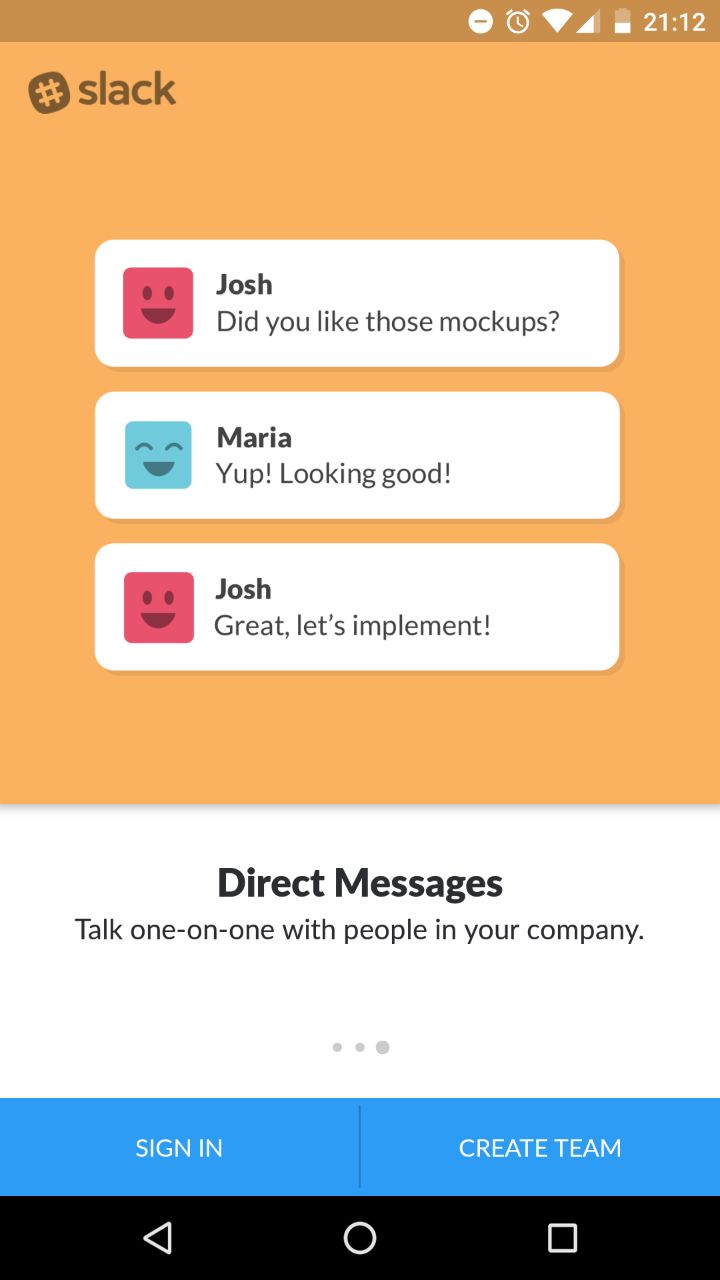

Expo has awesome documentation with an exhaustingly long list of APIs in the sidebar, be sure to check it out! The core concept behind Expo is to extend React-Native with pre-written components like the ones mentioned above.
#Create react native game code#
They also have an online playground named Snacks where you can try out other people’s code online, or work on bite-sized projects without the need of creating a project in the CLI. Let’s take a look at what’s Expo, where does it come from, and why is there a 3rd party in the official documentation.Įxpo is an SDK that started as an unofficial toolkit, but then it grew into a much bigger project with features like OTA app updates (bypassing the long App Store review times), social authentication, camera access, push notifications and many more services out of the box, for totally free! What’s Expo?Īs you may have already noticed, the React-Native documentation features Expo CLI as the default toolchain to get started. React-Native’s real power comes from giving you a load of features that improve the developer experience, like Live Reload that reloads the app in a few seconds when saving, or Hot Reloading that injects code changes without reloading the app and losing your state. The only difference is that you put these building blocks together with JavaScript.īut if it’s just a simple API wrapper, why do developers love it, then?

In the background, React-Native uses the same native building blocks as you would use while developing native apps with Swift, Java or Kotlin.

You may look down on hybrid apps because of their poor performance in the past (I’m looking at you Ionic!), but you can forget them for now. React-Native vs real-native: what’s the deal?
#Create react native game series#
of this series we’ll discuss the following: This series is recommended for developers already familiar with React, so we won’t take too much time explaining basic React concepts.
#Create react native game full#
If you want to check out the full sourcecode, here’s the GitHub repo.

By the end of this tutorial, you’ll become confident with using the built-in components, styling, storing persisting data, animating the UI and many more. In this series, we’ll cover the basics of React-Native development, compare some ideas with React, and develop a game together. In my cases I found it's easier to customize the displayed content with that outer html wrapper code.Whether you want to experiment with developing a mobile app or have a business idea in mind, kicking off mobile development with React-Native is a great idea, and it’s especially an obvious choice if you are already familiar with React. Try to use react-native-webview: import from 'react-native-webview' ġ) since source.html param can be any html string you could also pass the iframeString directly without any html page wrapper.


 0 kommentar(er)
0 kommentar(er)
